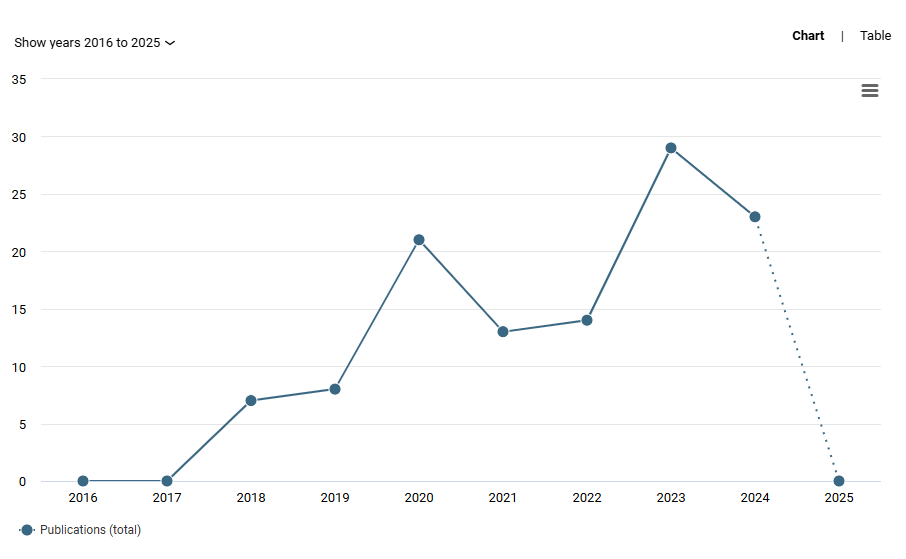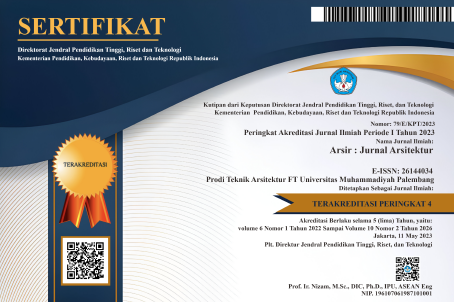Comparative Study on the Implementation of Universal Design Approach
Case Studies of Al Mujahidin Mosque in Bandar Lampung, Baitus Shobur Mosque in Tulang Bawang Barat, and Sudalmiyah Rais Mosque in Surakarta
DOI:
https://doi.org/10.32502/arsir.v10i1.693Keywords:
mosque, universal design, accessibility, inclusive architecture, disabilityAbstract
Mosques serve not only as places of worship but also as centers of social activity for Muslim communities. However, many mosques in Indonesia still fall short in meeting accessibility standards for vulnerable groups such as the elderly, persons with disabilities, and individuals with special needs. According to Statistics Indonesia (BPS, 2022), there are more than 22 million people with disabilities in the country. This study highlights the importance of applying the Universal Design concept in mosque architecture to create inclusive, safe, and comfortable worship spaces for all. Referring to the seven principles of Universal Design, the study evaluates their implementation in three mosques in Indonesia—Al Mujahidin Mosque in Bandar Lampung, Baitus Shobur Mosque in Tulang Bawang Barat, and Sudalmiyah Rais Mosque in Surakarta. Using a qualitative descriptive method and comparative analysis, this research reveals the strengths, weaknesses, and challenges in realizing mosque designs that are accessible to everyone. The findings aim to serve as a foundation for developing more inclusive mosques in the future.
Keywords: Mosque, Universal Design, accessibility, inclusive architecture, disability.
Downloads
Published
How to Cite
Issue
Section
License
Copyright (c) 2025 Putri Anjani, Suci Lestari

This work is licensed under a Creative Commons Attribution-ShareAlike 4.0 International License.
Arsir: Jurnal Arsitektur (AJA) have CC-BY-SA or an equivalent license as the optimal license for the publication, distribution, use, and reuse of scholarly work.
Authors who publish Arsir: Jurnal Arsitektur (AJA) agree to the following terms: Authors retain copyright and grant the Arsir: Jurnal Arsitektur (AJA) right of first publication with the work simultaneously licensed under a Creative Commons Attribution License (CC BY-SA 4.0) that allows others to share (copy and redistribute the material in any medium or format) and adapt (remix, transform, and build upon the material) the work for any purpose, even commercially, with an acknowledgement of the work's authorship and initial publication in Arsir: Jurnal Arsitektur (AJA). Authors are able to enter into separate, additional contractual arrangements for the non-exclusive distribution of the journal's published version of the work (e.g., post it to an institutional repository or publish it in a book), with an acknowledgement of its initial publication in Arsir: Jurnal Arsitektur (AJA). Authors are permitted and encouraged to post their work online (e.g., in institutional repositories or on their website) prior to and during the submission process, as it can lead to productive exchanges as well as earlier and greater citation of published work (see The Effect of Open Access).
![]()
Work is distributed below This work is licensed under a Creative Commons Attribution-ShareAlike 4.0 International License.










